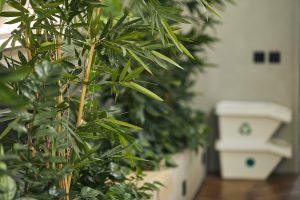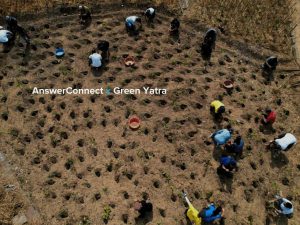We’re proud to announce that we’ve now planted more than one million trees through our 1 Tree 1 Planet initiative. As leaders gather for the Cop26 Summit in Glasgow this week, this milestone shows the power of green business to promote lasting change.
What is the 1 Tree 1 Planet initiative?
The 1 Tree 1 Planet project sees our NGO partner Trees for the Future plant a tree for every AnswerConnect customer and every employee, every month.
Over the last three decades, tens of thousands of farmers have planted trees on their land through agroforestry training provided by TREES. The company continues to plant trees across Sub Saharan Africa, including, Cameroon, Kenya, Senegal, Uganda, and Tanzania.
The milestone comes as Trees for the Future release its annual Impact report. The environmental NGO has so far planted over 225.1 million trees and restored 58,605 acres of forest. In time, those trees will sequester roughly four and a half million metric tons of CO2.
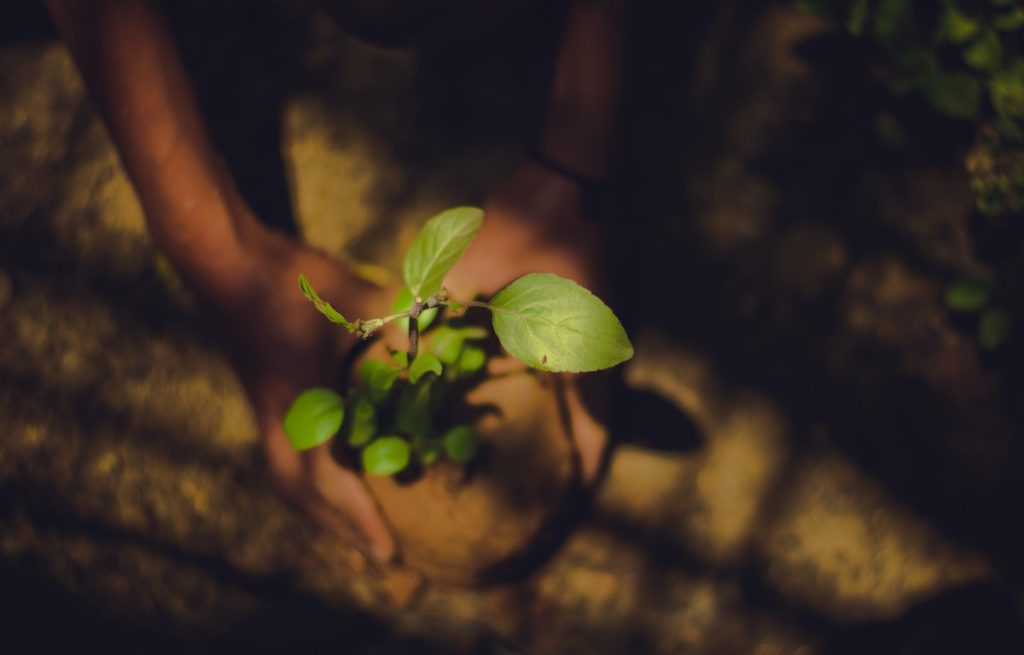
Why do we plant trees?
Trees are the lungs of our planet, but they’re in danger:
- There are 3.04 trillion trees on Earth, but we cut down approximately 15.3 billion trees every year. In fact, there’s been a 46% fall in global tree count in the last 12,000 years.
- More than 1.6 billion people rely on forest resources for all or part of their livelihoods. But we cut down 30 football fields worth of forest every minute.
- 80% of Earth’s land animals and plants live in forests. Up to 28,000 species could go extinct in the next quarter-century due to deforestation.
- Forests are excellent carbon capture sinks. And while they absorb approximately 10 million metric tons of CO2 from the atmosphere, 15% of carbon emissions are caused by deforestation.
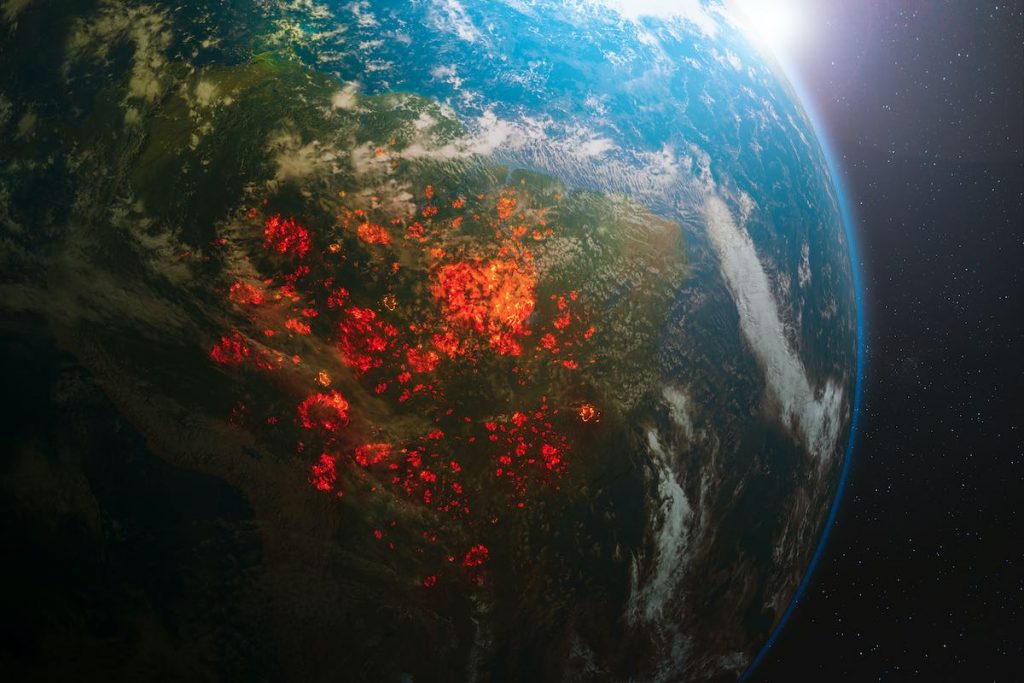
What impact will tree-planting have?
Over the next 100 years, those trees will absorb over one million tons of CO2 and absorb over 20 million kg of CO2 per year when fully grown. And the planet urgently needs those trees.
Forests in 2021 store approximately 400 gigatons of carbon (GtC). Mass reforesting could capture up to five billion tons of emissions per year.
The impact will extend far beyond absorbing CO2. Those trees will also help reduce flooding and the impact of heatwaves on local communities. Farmers who can plant trees along with their crops can begin to grow food for the community while maintaining ecologically sustainable practices – meaning future generations will also be able to live on the same land.

Restoring nature’s phramacy
Rainforests currently hold 25% of cancer-fighting organisms. More than 121 natural remedies can be found in the rainforest and used as medicines. Many of the cures for serious ailments we use today were originally developed using organisms found in rainforests, including:
- Quinine – An aid in the cure of malaria. Extracted from the bark of the cinchona tree found in Latin America and Africa.
- D-tubocurarine – Used to treat multiple sclerosis, Parkinson’s disease and other muscular disorders. From the poisonous bark of curare lianas in Latin America.
- Vinblastine and Vincristine – Vincristine has helped increase the chance of surviving childhood leukaemia from 10% to 90%. Vinblastine is used to treat Hodgkins’ Disease – Found in the Madagascar Periwinkle: Flower Of Life.
- Diosgenin and Cortisone – The active ingredients in birth control pills. Found in wild yams from Mexico and Guatemala.
- Captopril – Used to treat hypertension, cardiovascular disease and other blood-pressure related illnesses. Originally found in the venom of the Bothrops jararaca viper, found in the Brazilian rainforest.
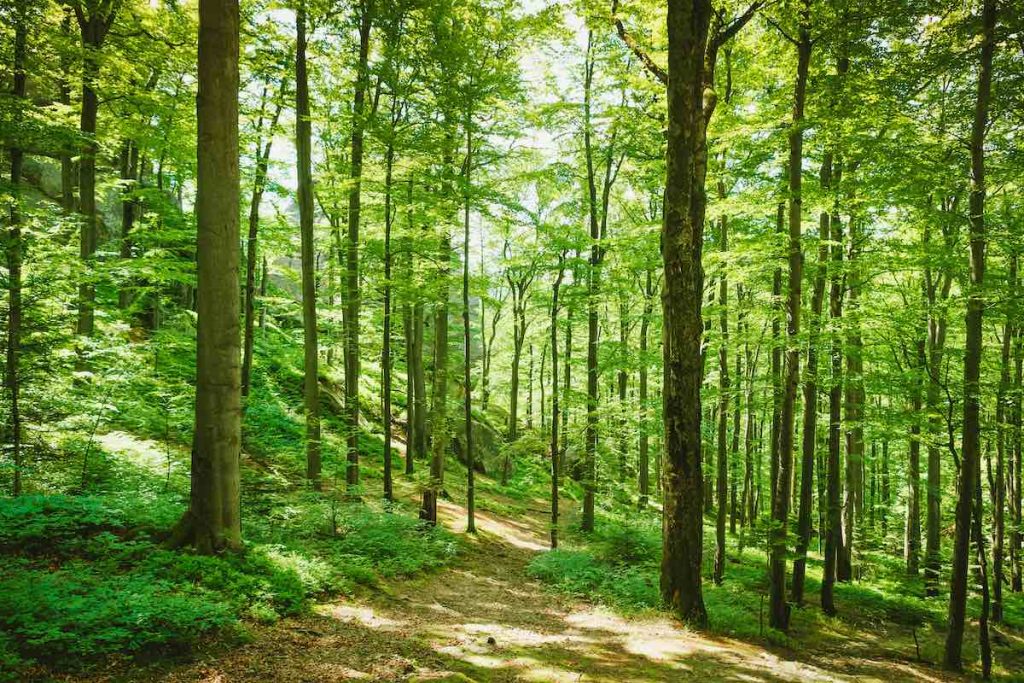
Of course, trees aren’t simply for human benefit; they also provide food and shelter to thousands of animal species. Many of these species have not yet been discovered, but no doubt play an essential role in the global eco cycle.
Giving back to people and planet
The giving back program is part of the company’s commitment to the triple bottom line – people, planet and purpose. The milestone simply wouldn’t be possible without the support of our customers, employees and stakeholders.
Just as the seeds of each tree planted today will grow to play a role in protecting the planet, each one of us can plant a seed of change today. That starts with making a commitment to give back and protect the pale blue dot we call home.
Learn more about our Giving Back initiatives here.


